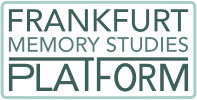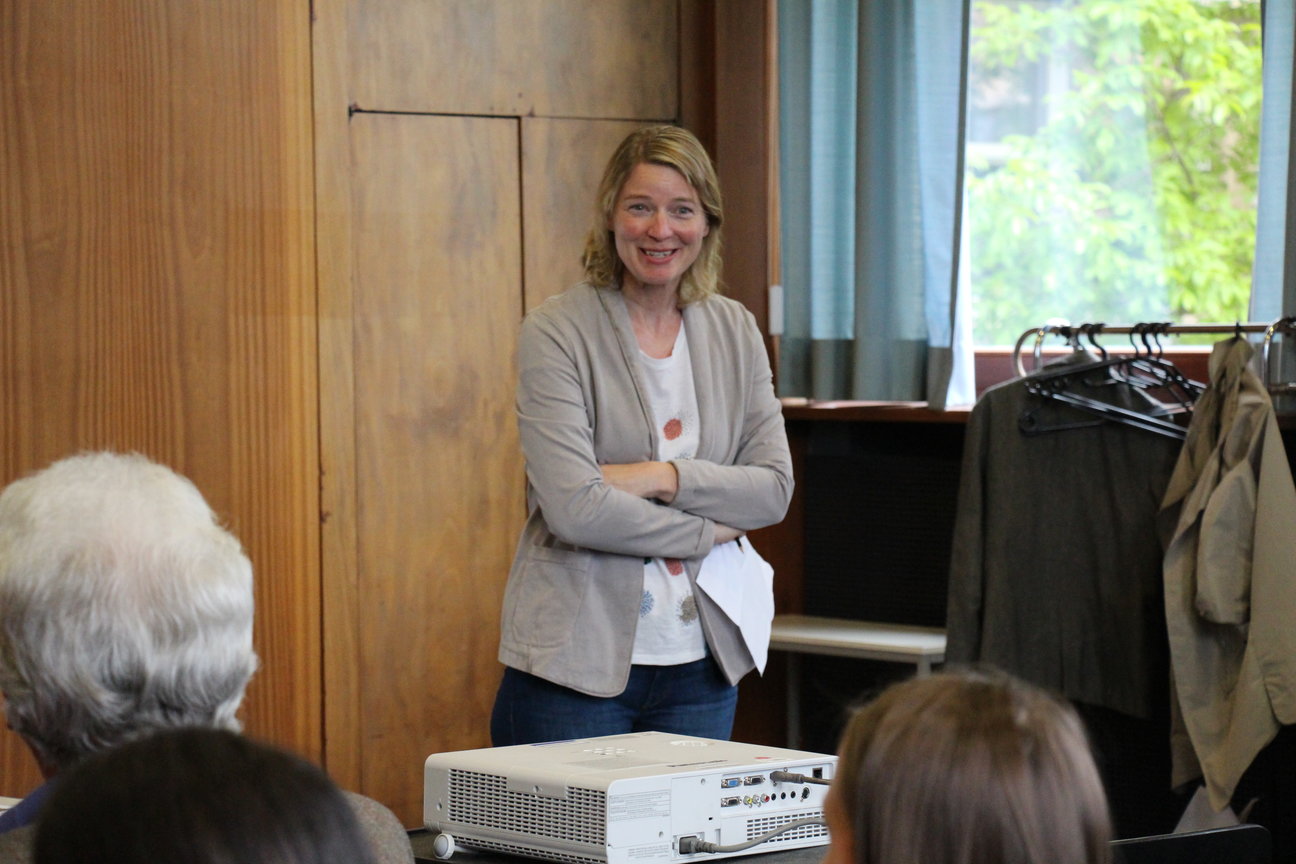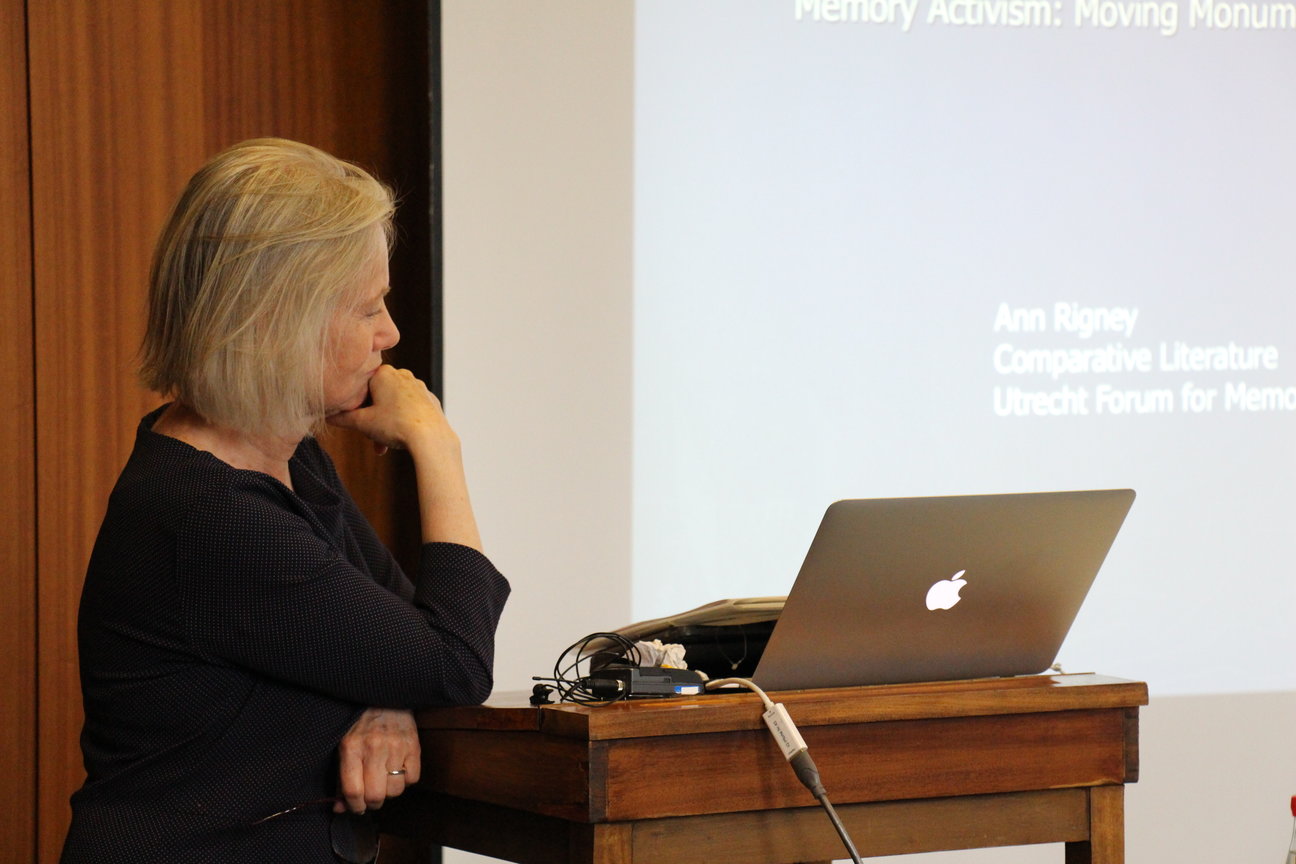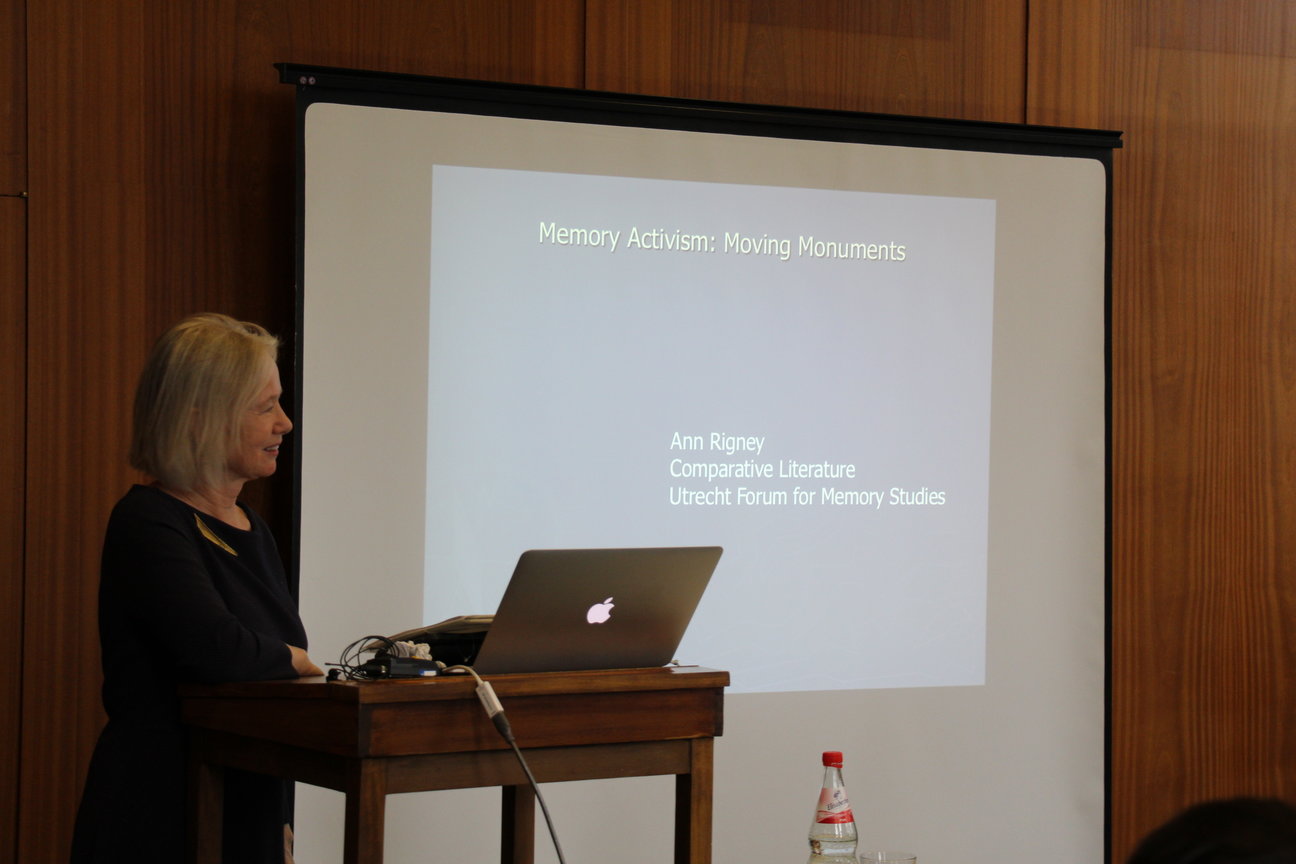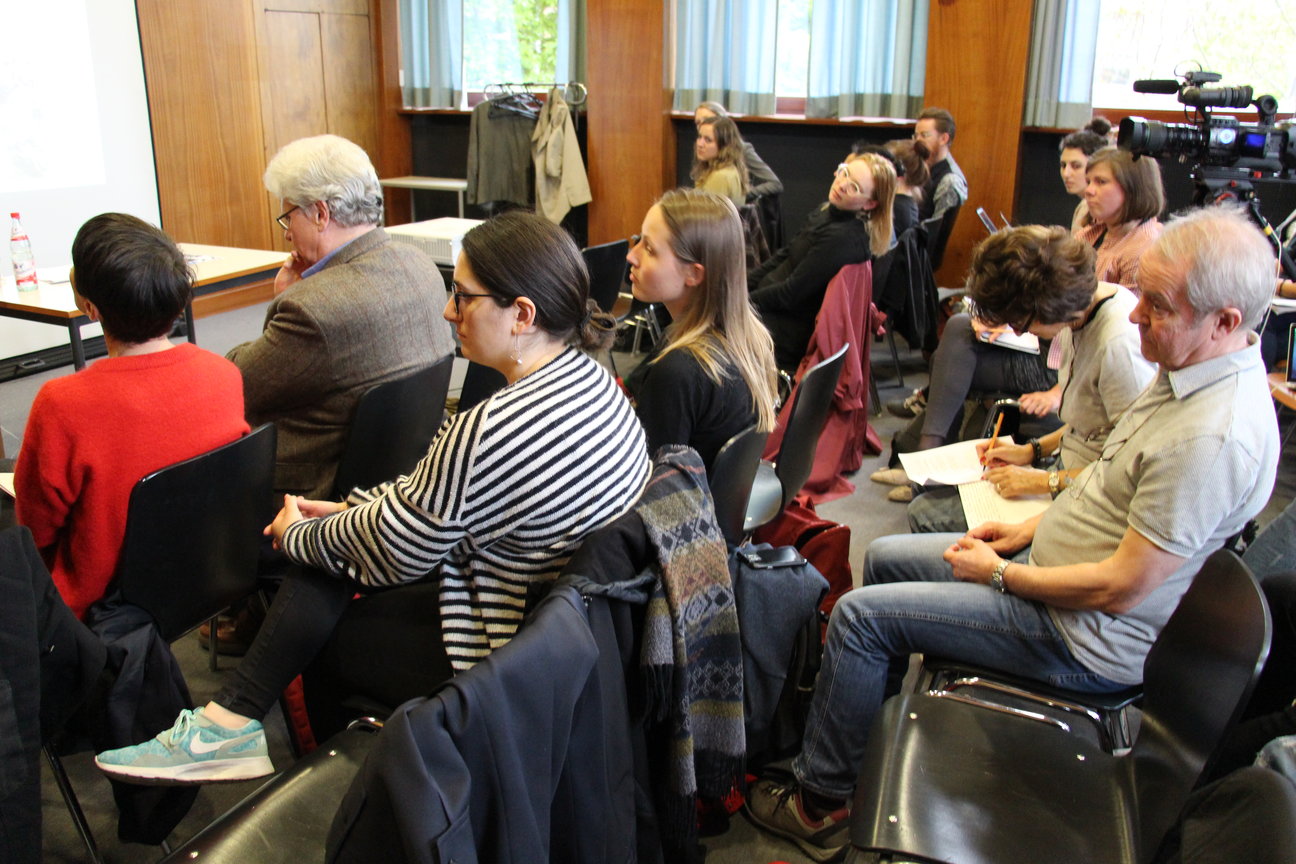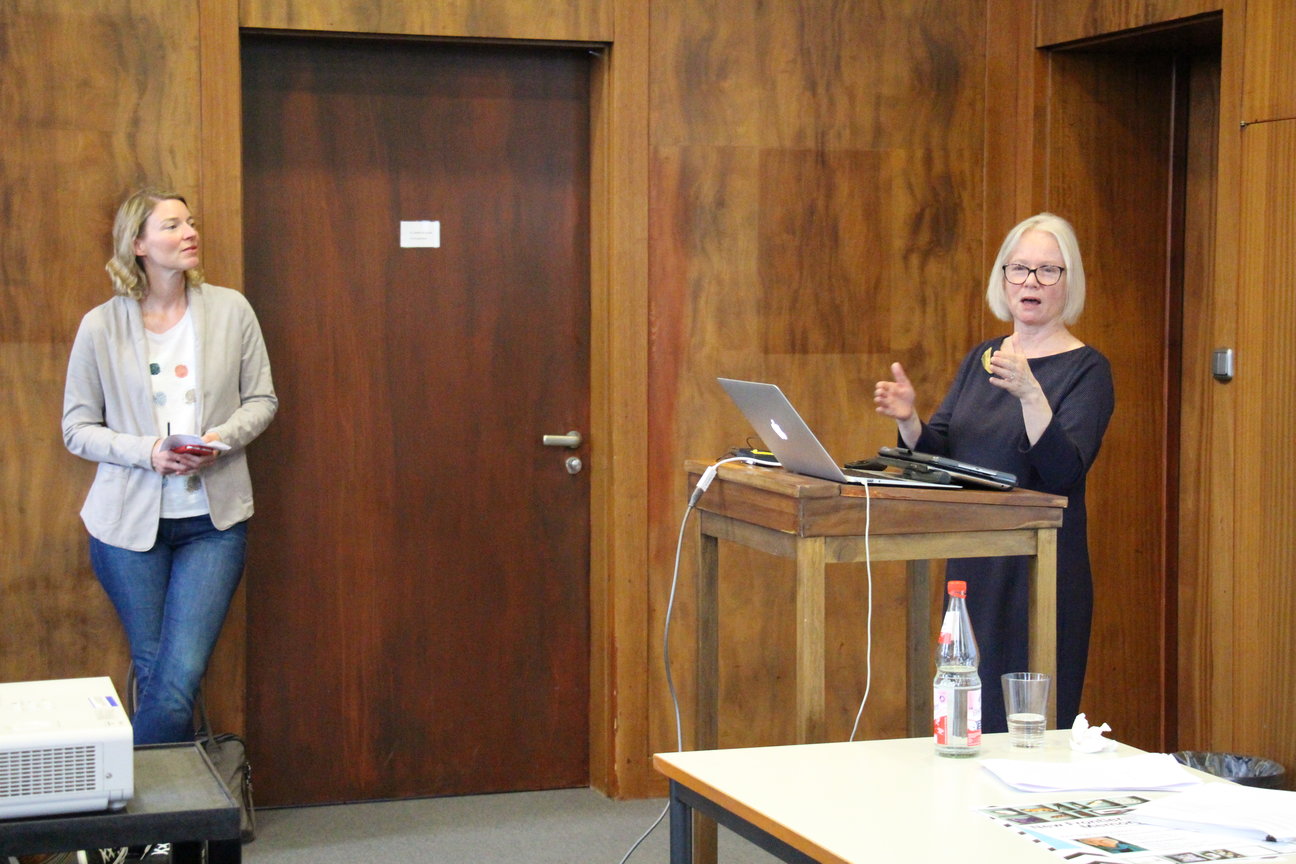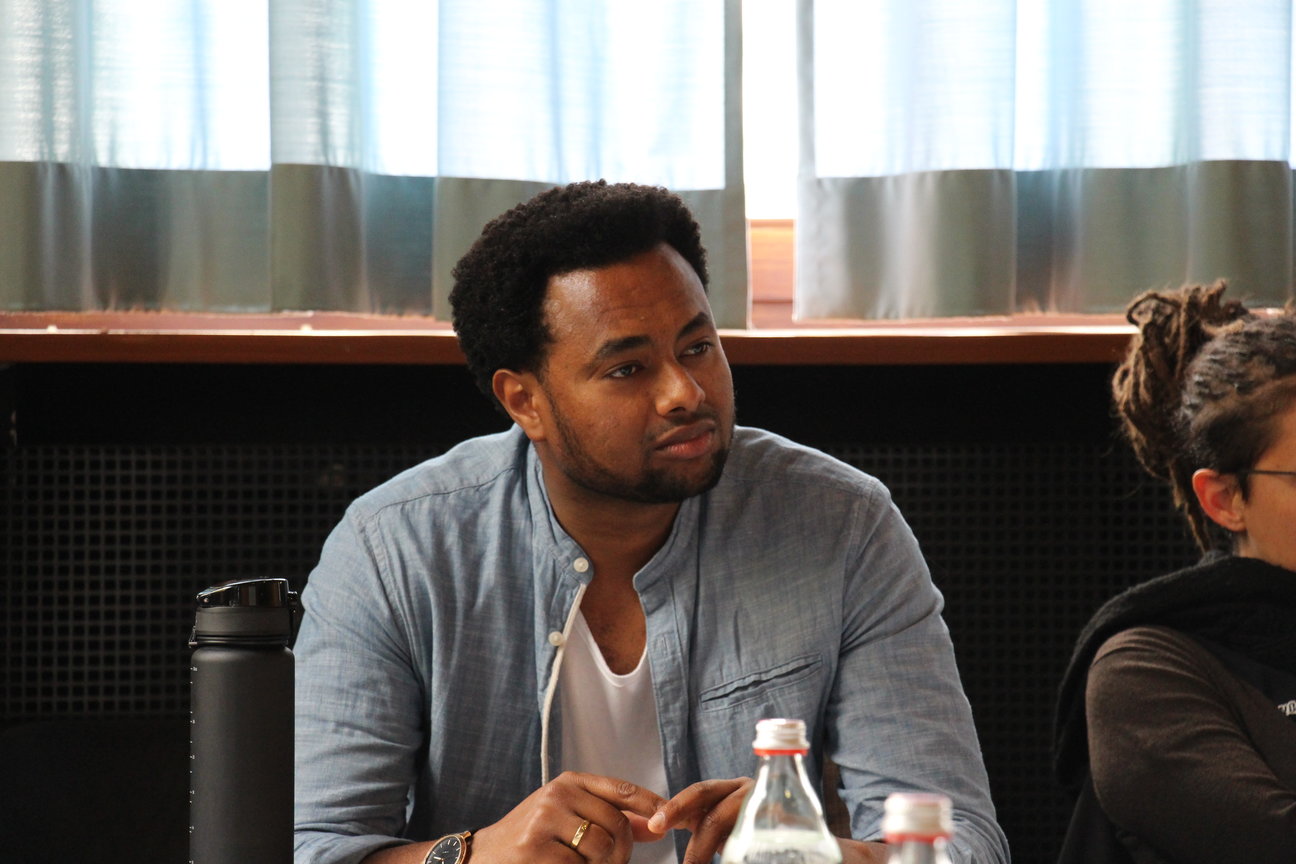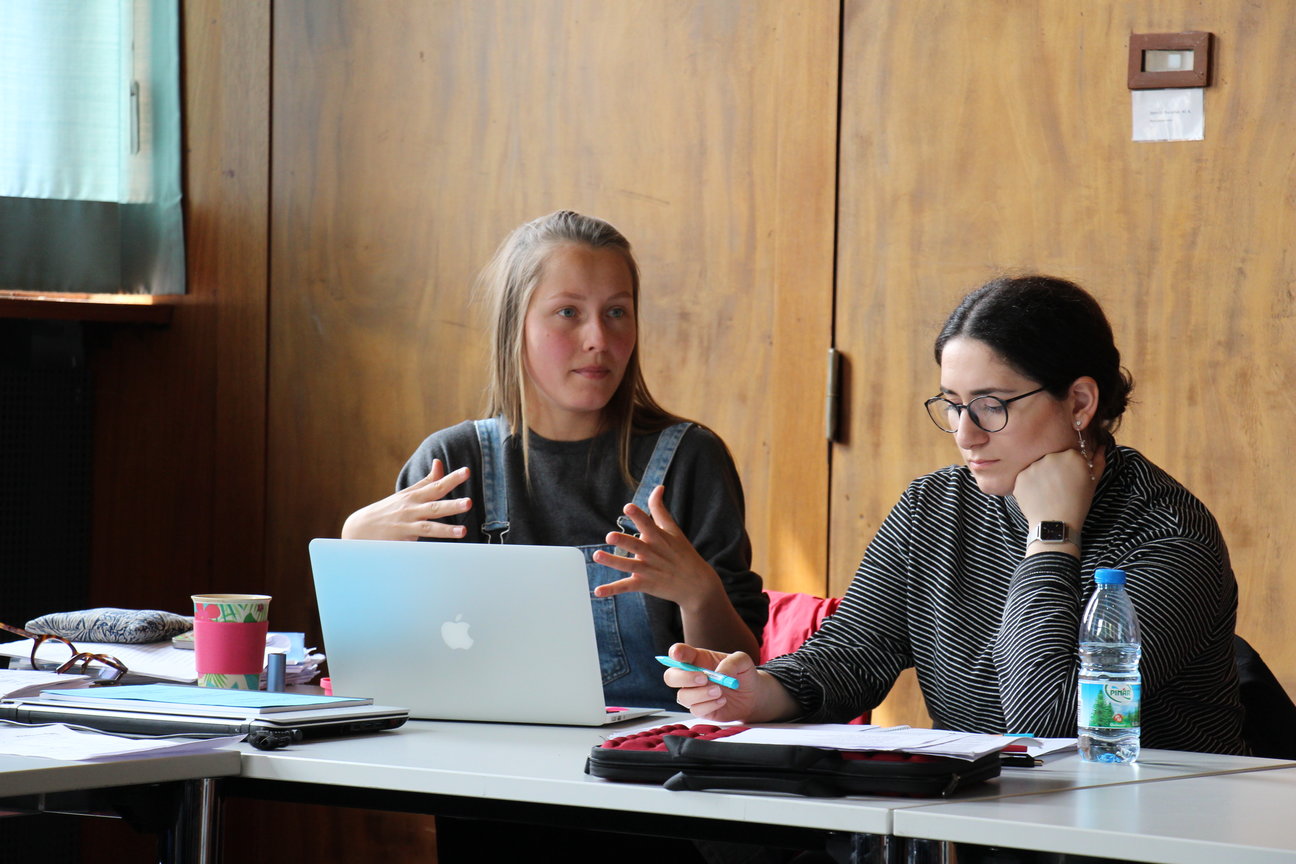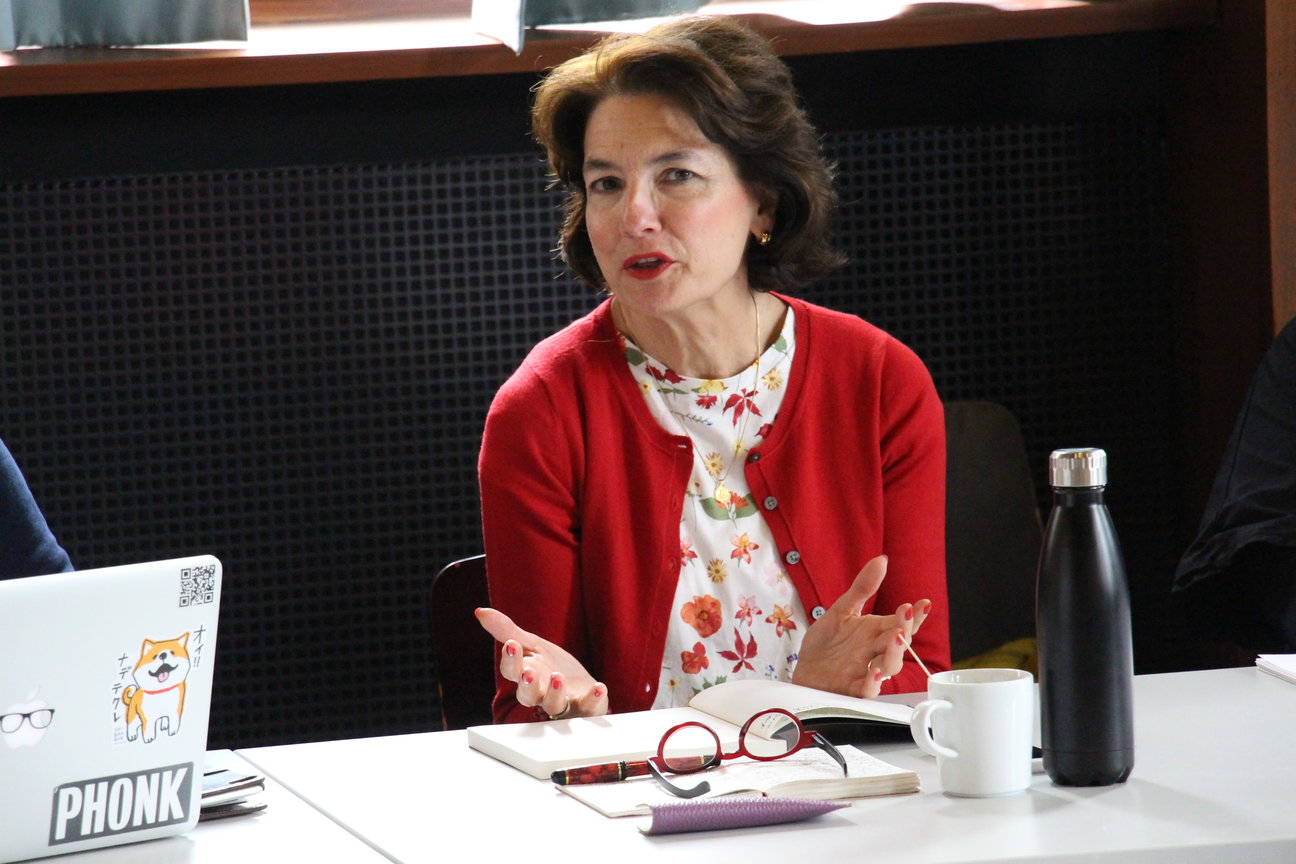Public calls to destroy, refigure, or relocate monuments have recently become a regular feature of our news. This was especially the case in the summer of 2017 when attempts to defend or remove monuments to the Confederacy in the United States led to major public demonstrations. Understanding the mobilising power of monuments challenges cultural memory studies to extend the scope of its analysis from textual and visual representations to the material forms, usual the purview of heritage studies, in which narratives are embodied in public spaces. Even more fundamentally, it challenges us to develop models for understanding the relationship between memory and collective mobilisation. In my talk I will draw on recent discussions of memory activism (Gutman 2017; Chidgey 2018) in order to address these issues. Drawing on a range of historical examples, I will integrate insights from cultural memory studies, actor-network theory, and social movement studies to explain how monuments and people interact in shaping not just the memory of the past but also social relations in the present.
Watch the lecture here.

